Reviewed by Corey Noles
Google has spent years watching iPhone users effortlessly snap their phones onto magnetic chargers while Android owners fumble with alignment. But according to fresh reports from Android Headlines, the Pixel 10 series will feature true Qi2 wireless charging for 15W speeds—potentially making it the first Android flagship to nail what Apple perfected years ago. Here's what we know so far: the base Pixel 10 is getting a bigger 4,970 mAh battery, wired charging bumps from 27W to 29W, and wireless charging jumps to 15W through proper Qi2 support. That's a meaningful upgrade over the Pixel 9's 12W wireless charging with standard Qi chargers.
What you need to know: Google appears ready to introduce magnetic wireless charging that actually works, complete with a "Pixelsnap" accessory ecosystem that could finally bring MagSafe-style convenience to Android. The August 20 launch event could mark the moment Android gets serious about wireless charging.
Why Qi2 is a bigger deal than faster charging speeds
The real story isn't just about watts—it's about magnets. The Qi2 standard incorporates Apple's MagSafe-inspired Magnetic Power Profile (MPP), using a ring of magnets to perfectly align charging coils for better efficiency and reduced overheating. Think of it as the difference between carefully balancing your phone on a charging pad versus confidently slapping it down and hearing that satisfying magnetic click.
After using MagSafe daily for two years, the convenience factor becomes addictive. Perfect alignment means your phone actually charges at the advertised speeds instead of trickling at reduced power due to misalignment. More importantly, proper magnetic alignment reduces heat generation that can degrade battery health over time—a genuine long-term benefit beyond the convenience.
Here's the kicker: Google isn't just planning to support Qi2, they're apparently going all-in with an entire magnetic ecosystem called "Pixelsnap." According to credible marketing materials viewed by Android Authority, this includes a basic Pixelsnap Charger, a Pixelsnap Charger with Stand, and a Pixelsnap Ring Stand. The accessories will reportedly support Qi 2.2 with up to 60W capability (though Google will likely cap it lower), and come in "Rock Candy" (black) and "Mist" (white) colors.
What makes this different from Samsung's approach
Samsung's strategy with the Galaxy S25 series reveals a telling hesitancy about hardware commitment. Instead of building magnets directly into their phones, Samsung chose "Qi2 Ready" certification—essentially passing the magnetic alignment responsibility to case manufacturers. Even their upcoming Galaxy Z Flip 7 and Galaxy Z Fold 7 will follow this compromise approach.
The market implications of this half-measure are significant. When magnet compatibility is built into the phone, it's an integral part of it—accessory makers take it seriously and build entire product lines around it. When magnets are optional case add-ons, the ecosystem never fully develops because manufacturers can't count on universal compatibility.
Google's potential embrace of proper Qi2 could change everything. When Apple donated its magnetic know-how to the Wireless Power Consortium, they created an opportunity for Android manufacturers to offer the same snap-on convenience without licensing MagSafe directly. But most brands have been timid about adding the necessary hardware investment.
The timing makes strategic sense too. Recent FCC filings for the Pixel 10 series confirm wireless charging support across all models, and leaked specs suggest the entire lineup will be slightly heavier than their Pixel 9 counterparts—which could be explained by adding magnetic hardware that Samsung avoided.
The smart display angle could be Google's secret weapon
Here's where Google's approach gets genuinely innovative: they're reportedly working on bringing "Hub Mode" to phones, similar to how iPhones transform into mini displays with Standby Mode. Combined with magnetic charging stands, your Pixel 10 could automatically become a smart display when docked—showing calendar appointments, weather, smart home controls, or photos.
This isn't just about copying Apple; it's about leveraging Google's core strengths in AI and smart home integration. Your Pixel could seamlessly transition between phone, charging station, and contextual home hub throughout the day, displaying relevant information based on your routine and connected devices.
The strategic positioning is clever: while Samsung focuses on foldable innovation, Google could own the "ambient computing" space where your phone becomes part of your living environment. The Wireless Power Consortium recently announced that "major Android smartphones" will support the new Qi2 25W standard, and Google helped develop these faster speeds. That suggests they're treating magnetic charging as a platform, not just a feature.
PRO TIP: The magnetic alignment in Qi2 isn't just about convenience—it ensures optimal charging efficiency and reduces heat generation that can degrade battery health over time.
What this means for your next phone purchase
If Google delivers on true Qi2 support with the Pixel 10, they'll create an immediate differentiation problem for competitors. The magnetic ecosystem effect is powerful: once you've experienced effortless snap-on charging, fumbling with cable alignment or precise pad placement feels primitive. More importantly, it changes how you use your phone throughout the day—casual charging becomes friction-free.
Consider the practical implications: magnetic car mounts that charge simultaneously, bedside stands that automatically trigger smart home routines, desk accessories that keep your phone visible and powered during work. These aren't luxury features—they're workflow improvements that compound over time.
The broader market dynamics are worth watching too. The Wireless Power Consortium designed Qi v2.0 to unify the wireless charging industry under one global standard, eliminating consumer confusion and enabling greater device interoperability. Worn out cables and broken charging ports are two of the most common smartphone reliability issues—magnetic wireless charging addresses both.
For purchase timing, Google's commitment level will signal industry direction. If they launch with built-in magnets and comprehensive accessories, expect other Android manufacturers to follow within 12-18 months. If they compromise like Samsung, magnetic Android charging remains niche.
Bottom line: Google's August 20 launch event could mark the moment Android finally gets serious about magnetic charging. While Samsung hedges with case-dependent solutions, Google appears ready to make the hardware commitment that turns Qi2 from a spec sheet bullet point into a genuine MagSafe alternative. The Pixel 10 might not be the most powerful Android flagship, but it could be the most forward-thinking.




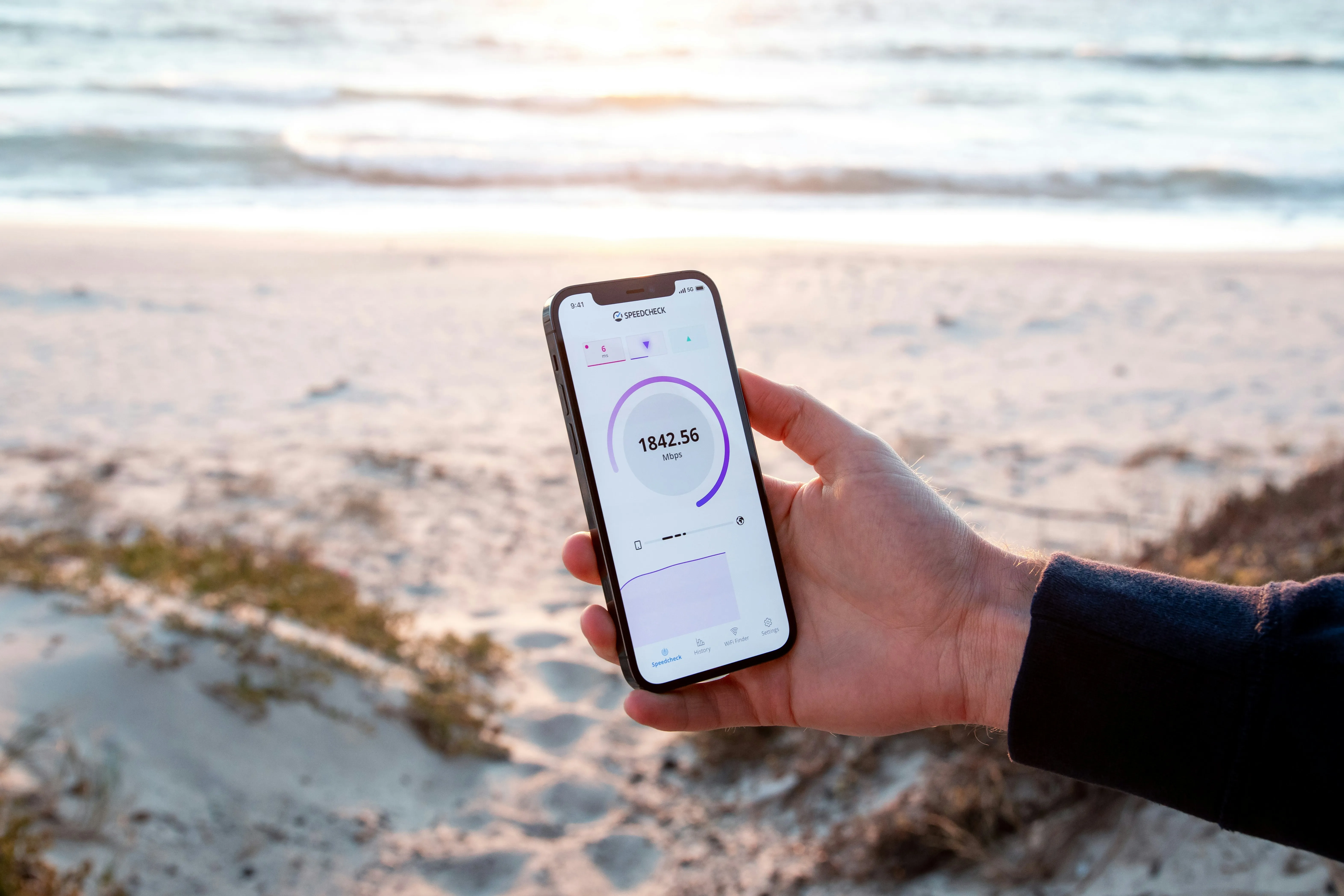
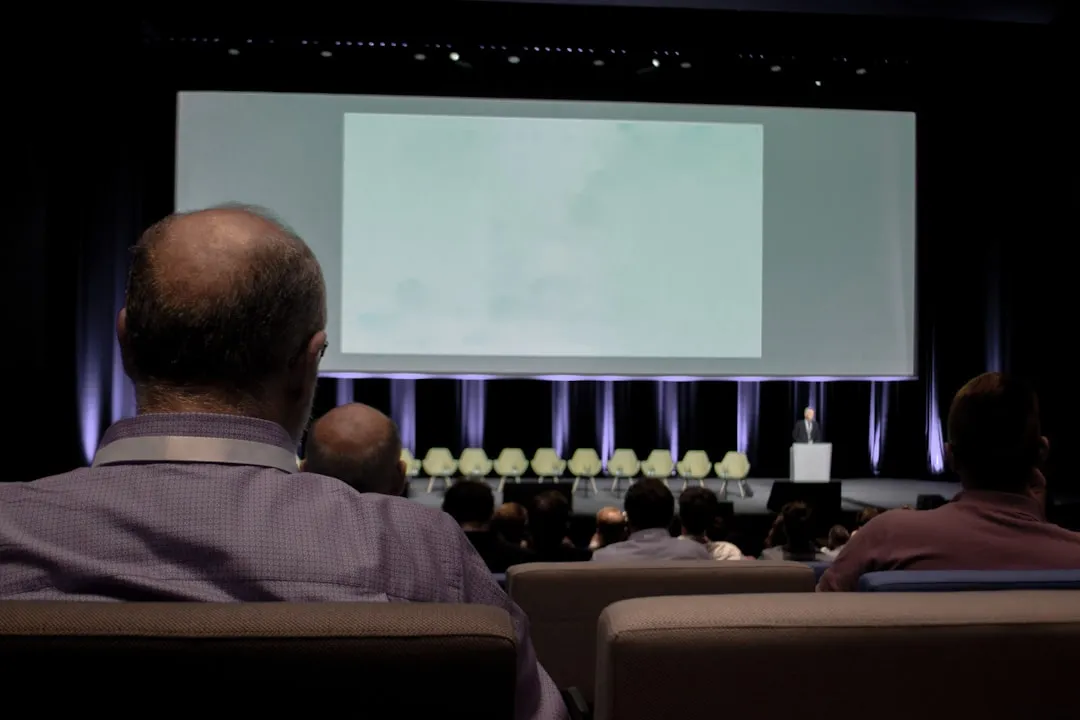
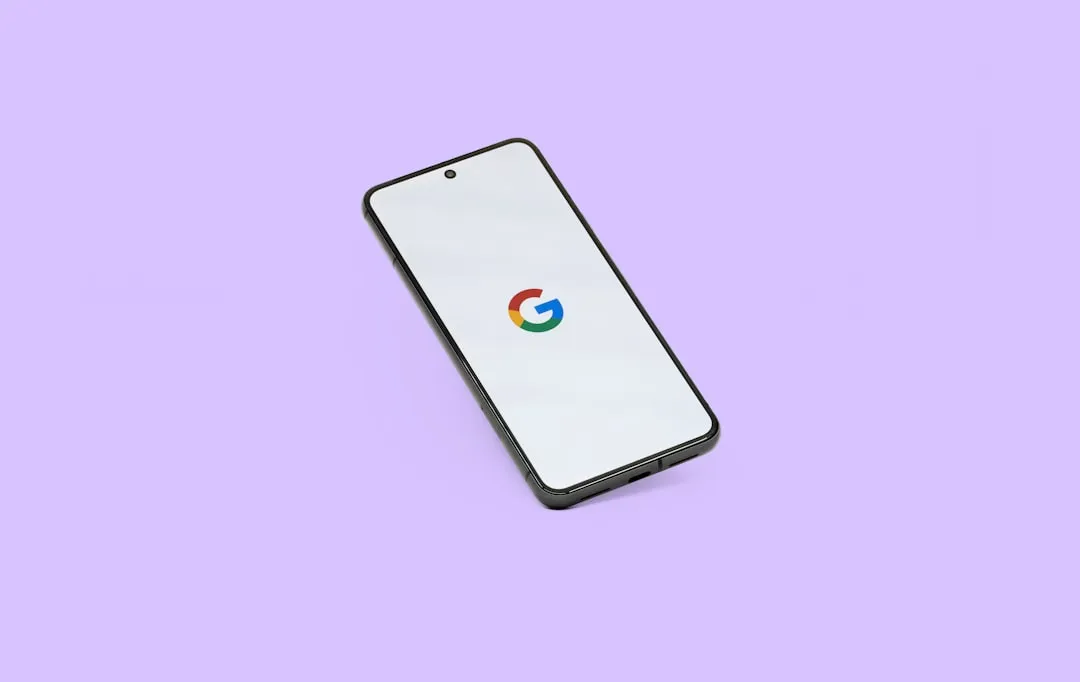

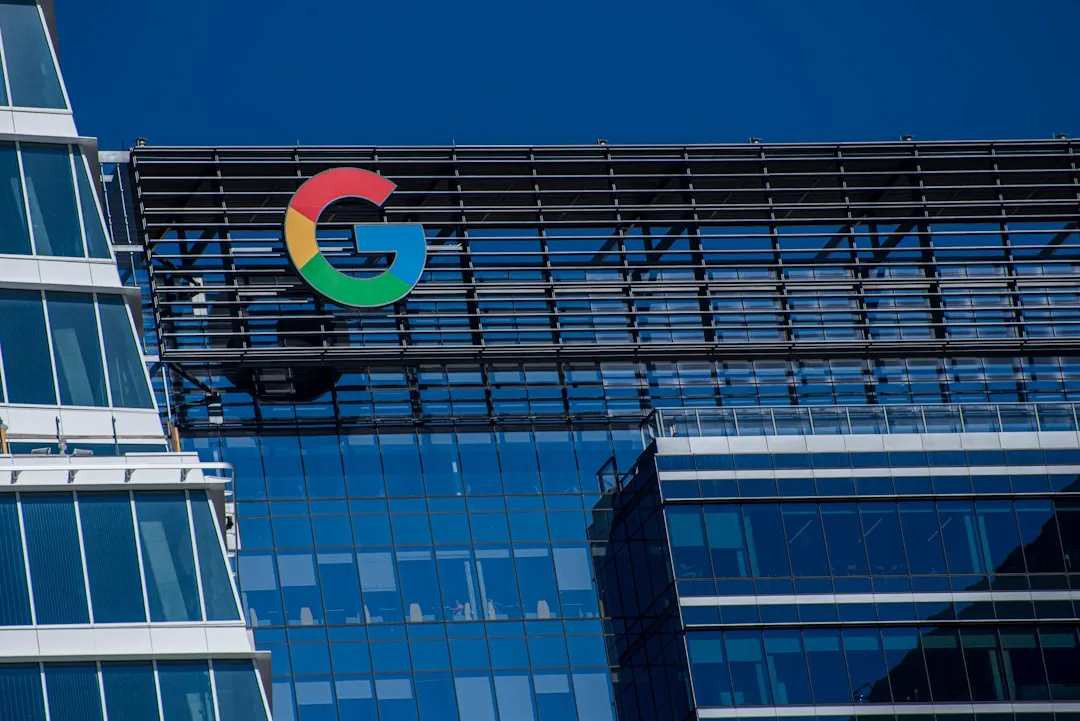
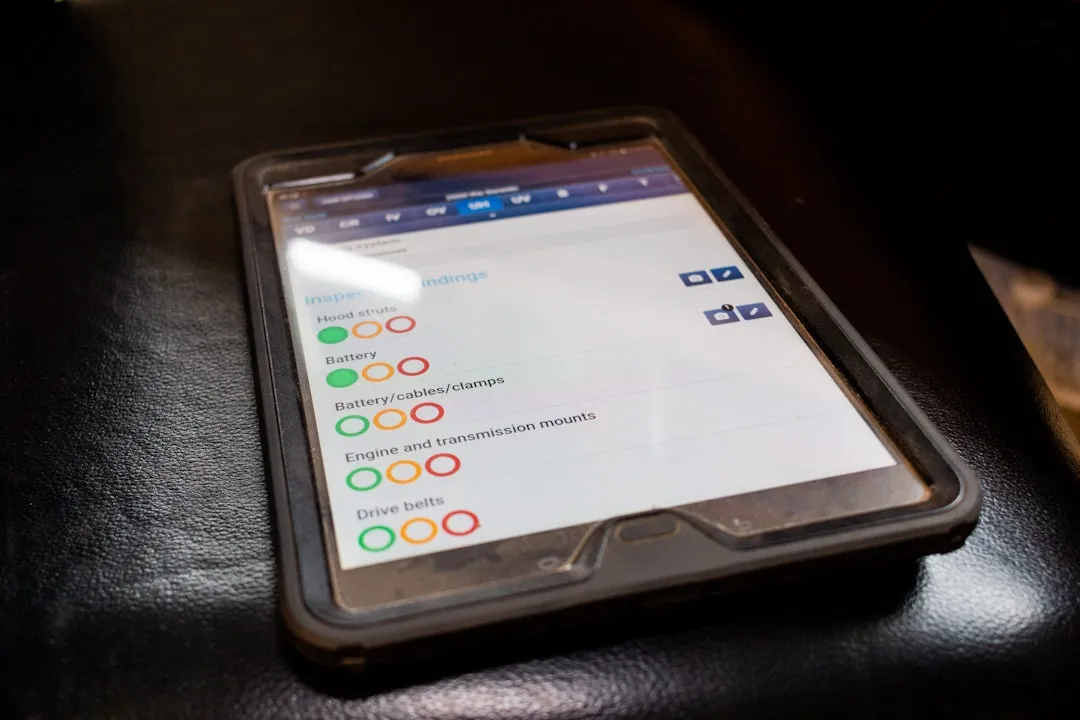


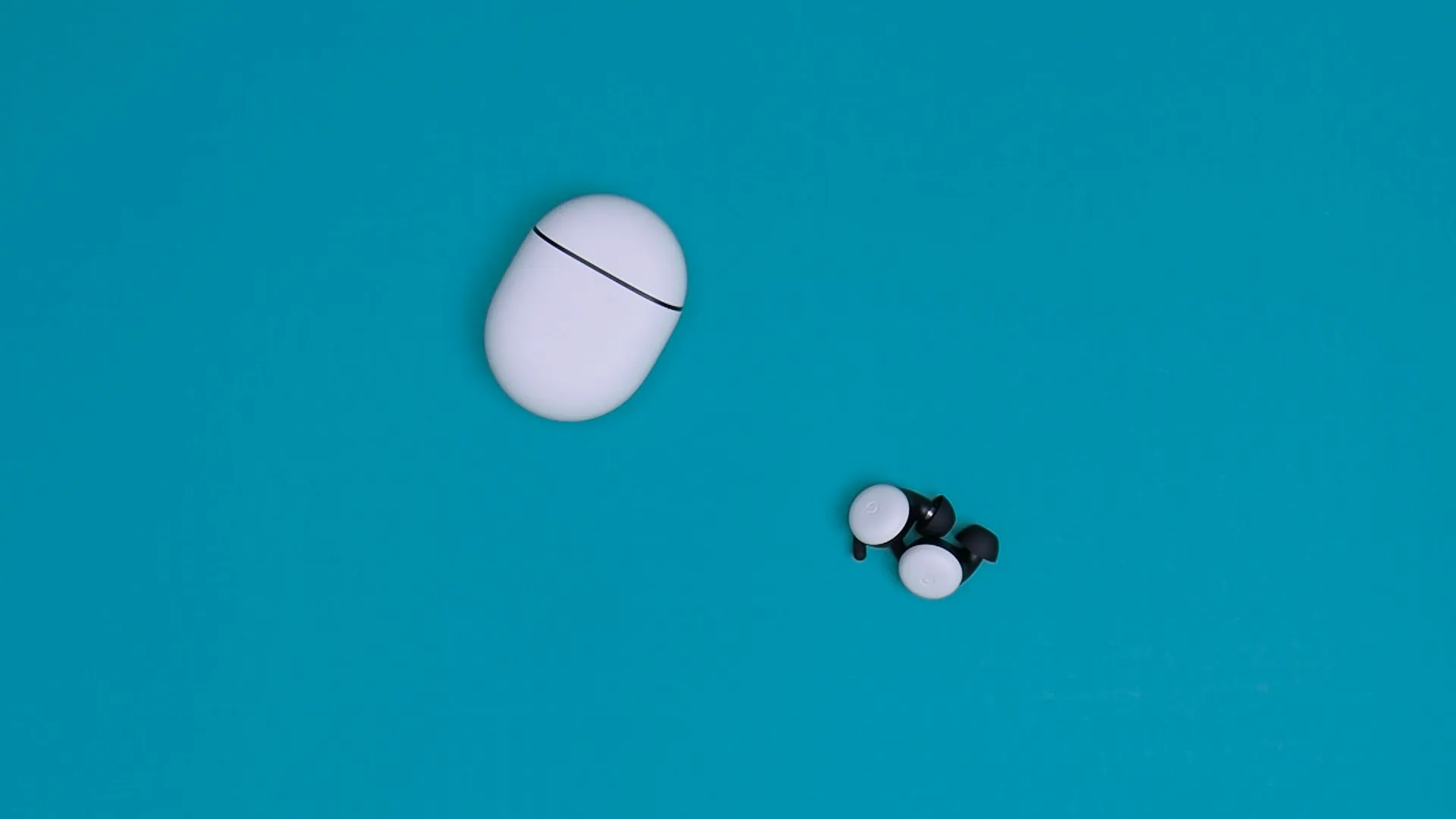




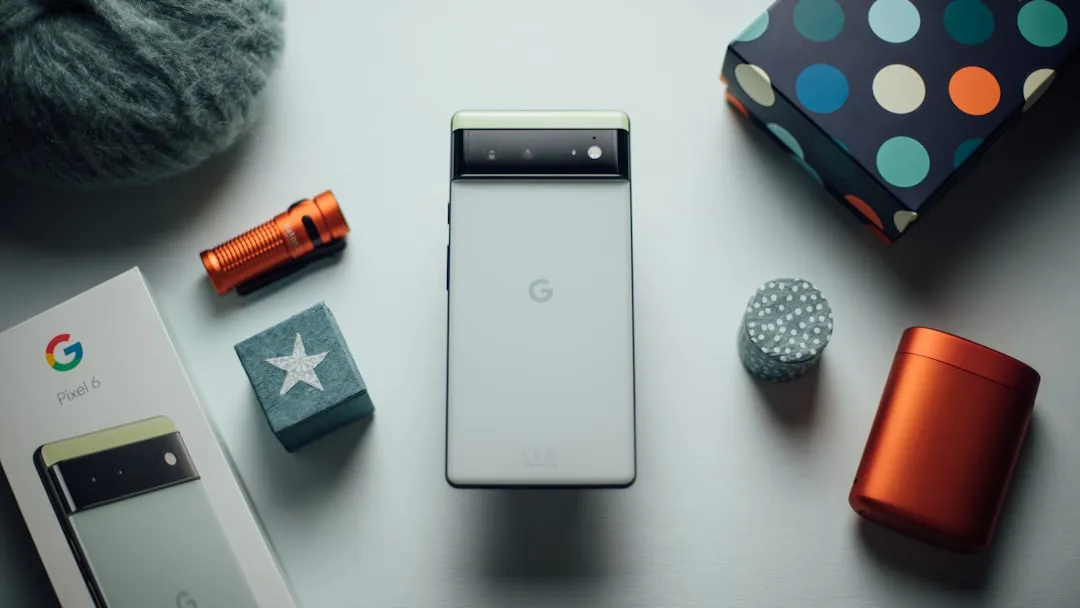
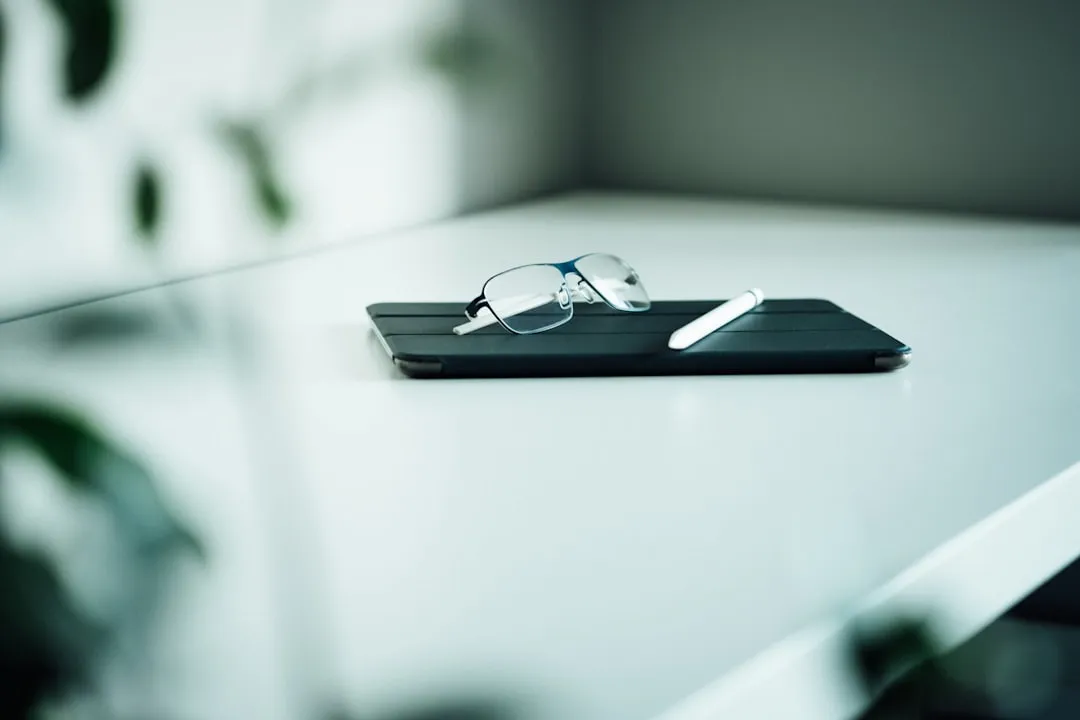
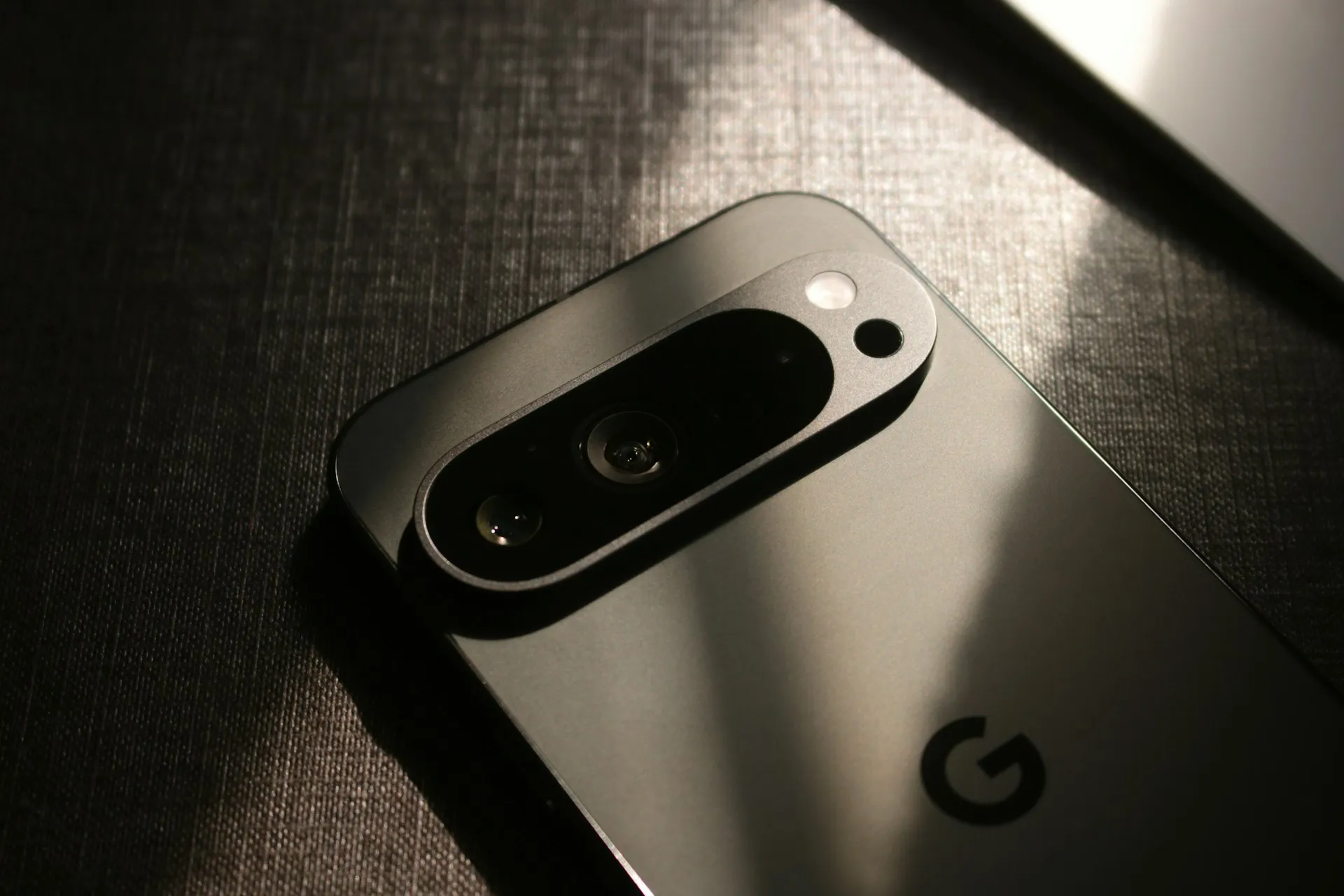
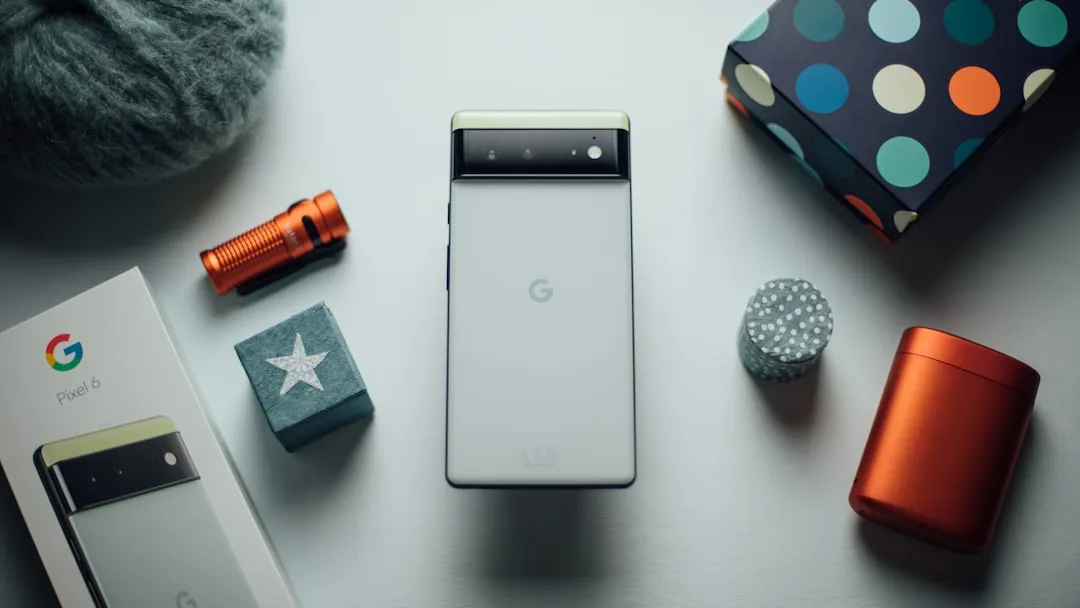
Comments
Be the first, drop a comment!